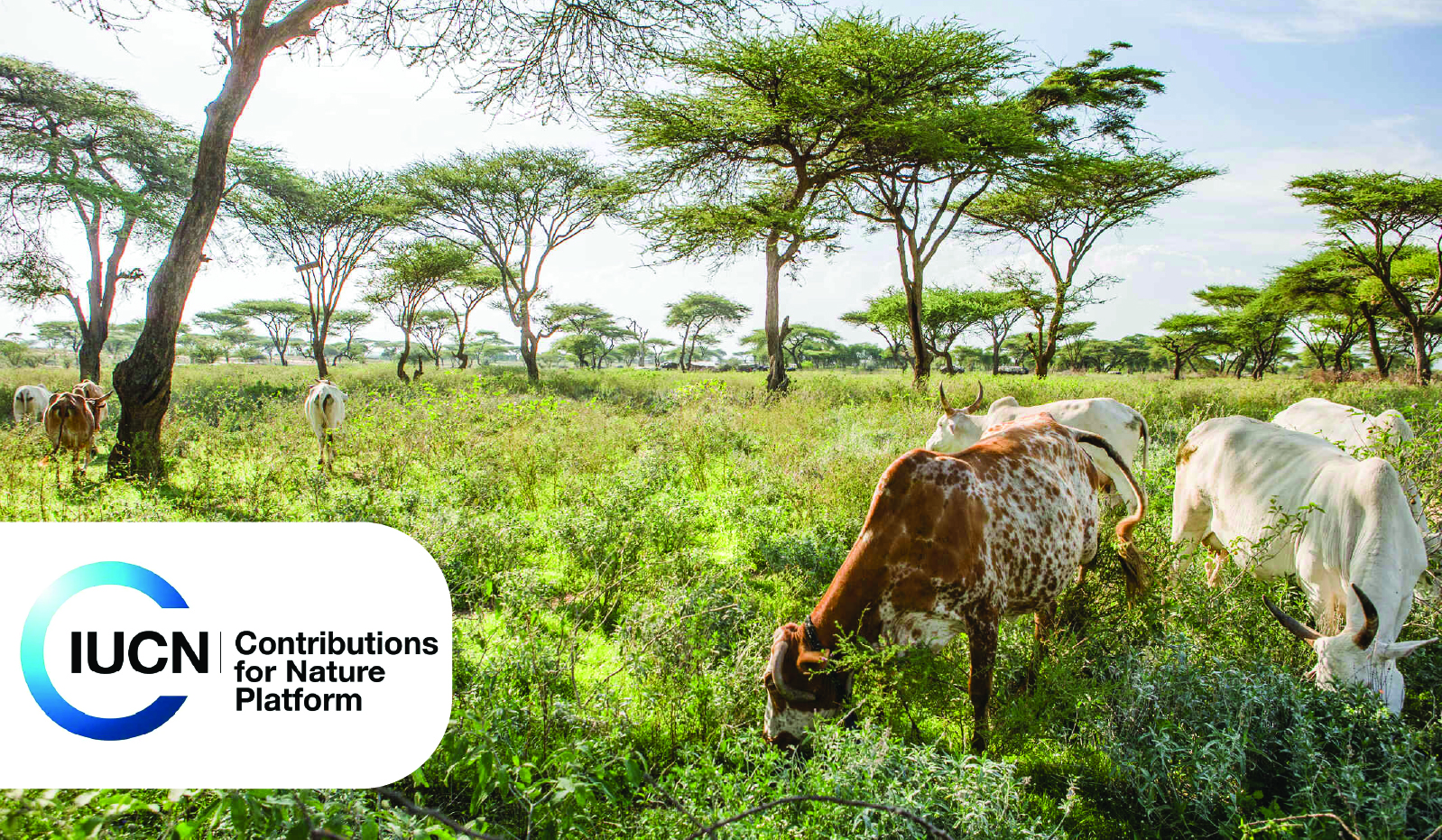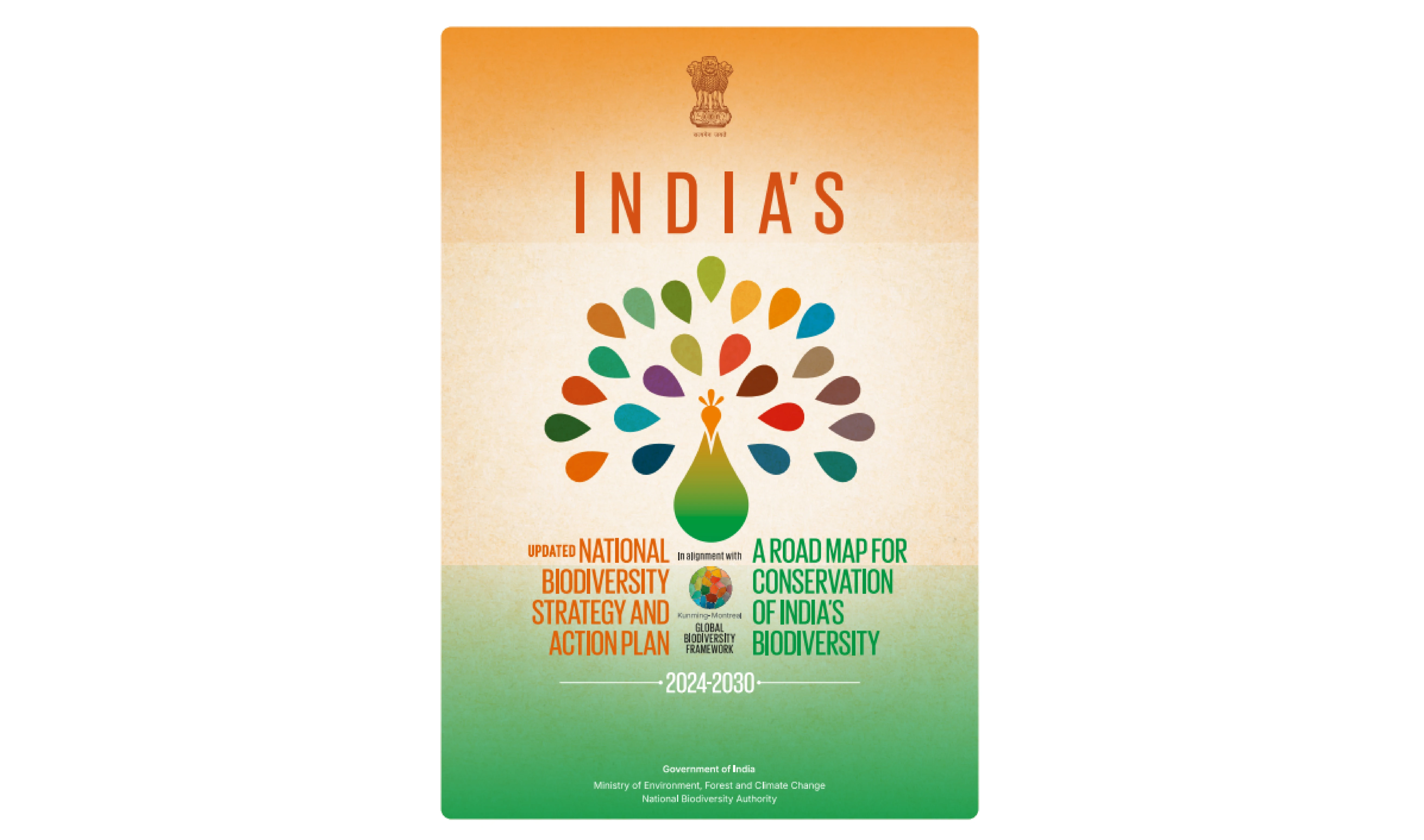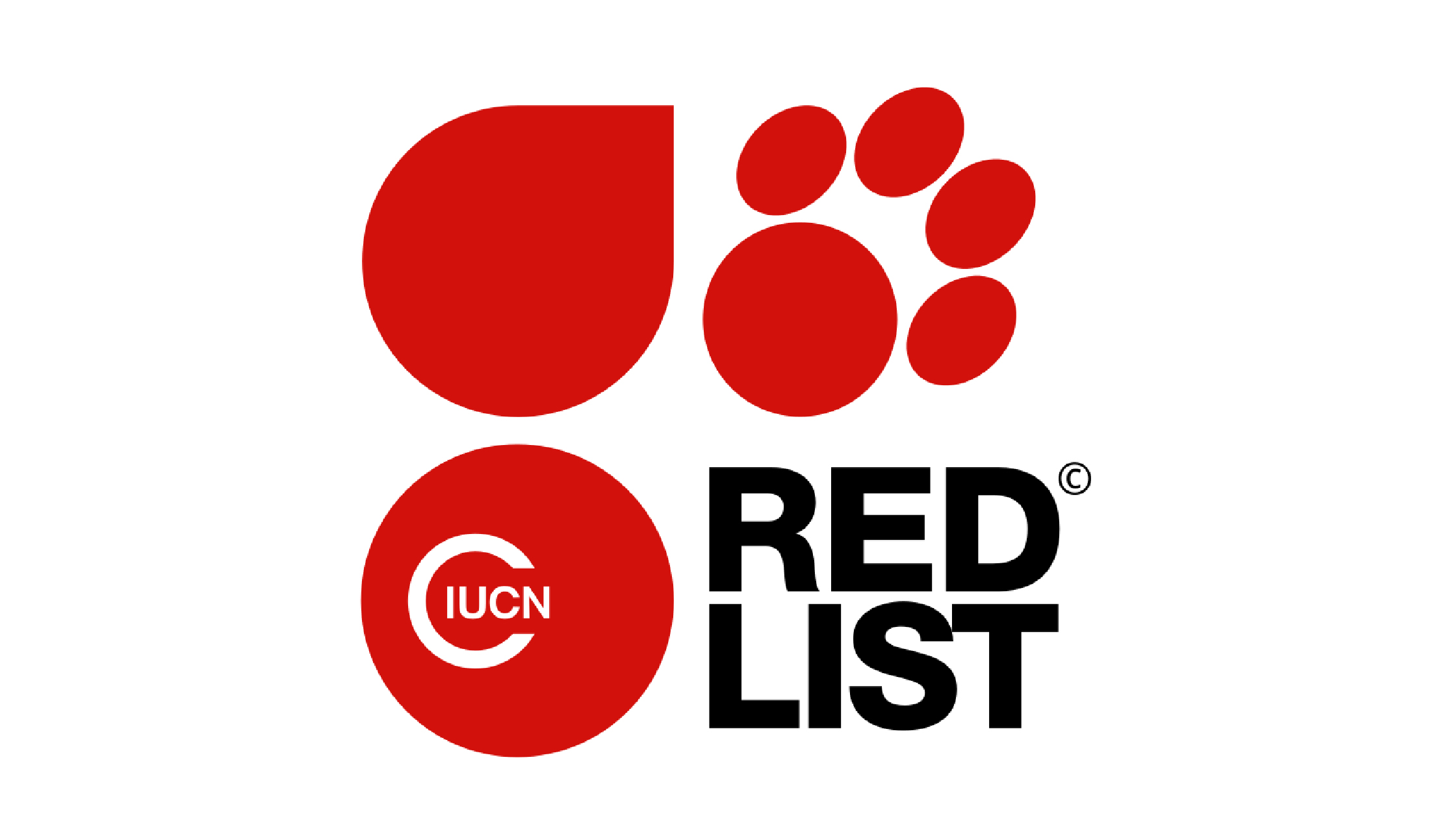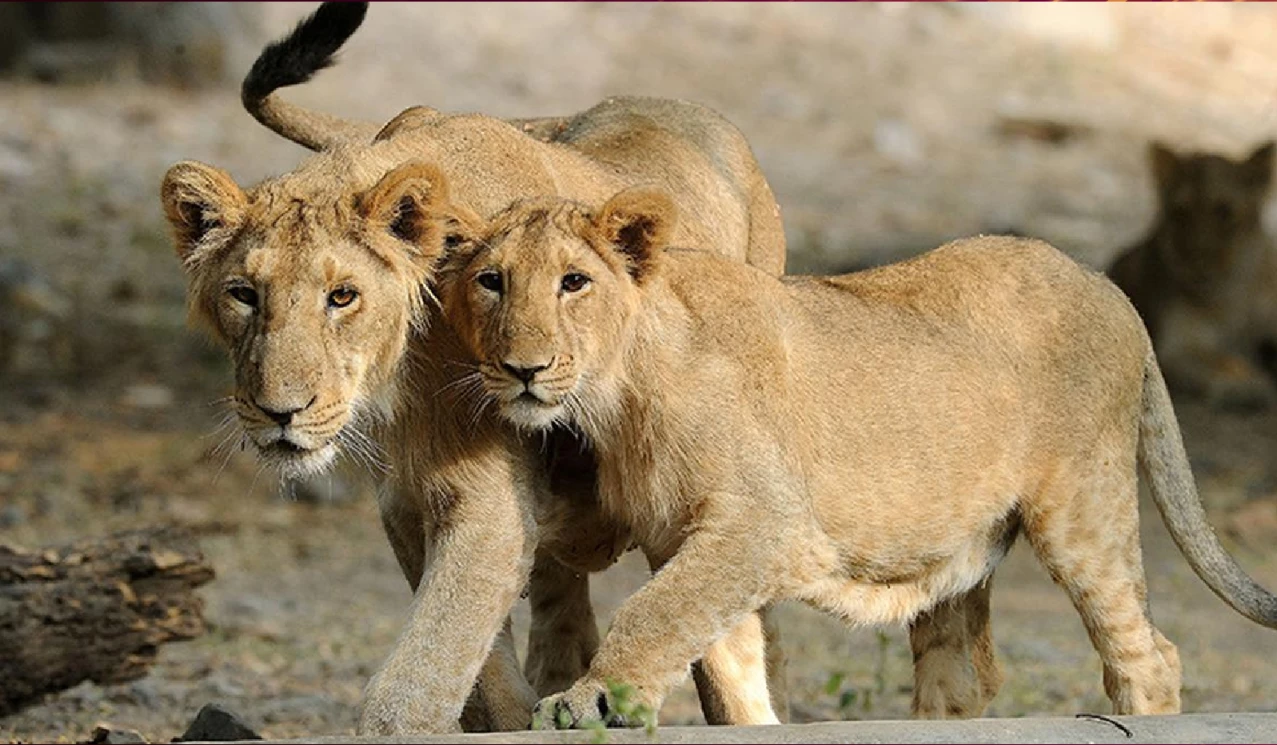Vision 2025–2030 for the National Red List Assessment of Indian Flora and Fauna outlines comprehensive biodiversity monitoring and conservation project spearheaded by Union Ministry of Environment, Forest & Climate Change.
Key Highlights of the Vision 2025-30
- Vision: To establish a nationally coordinated and participatory red listing system that reflects the true conservation status of Indian species of flora and fauna across India’s diverse ecosystems.
- Scope: Project is a five-year initiative aiming to assess the extinction risk of approximately 11,000 species (7000 species of flora and 4000 species of fauna).
- Context and urgency: India is one of the world's 17 megadiverse countries, hosting nearly 8% of global flora and 7.5% of fauna, with four biodiversity hotspots (The Himalayas, Western Ghats, Indo-Burma, and Sundaland).
- Despite this richness, only 6.33% of Indian plant species and 7.2% of animal species have been assessed for the Global IUCN Red List.
- Lead agencies: Initiative is spearheaded by the Botanical Survey of India (BSI) (for flora) and Zoological Survey of India (ZSI) (for fauna) as nodal agencies.
- Methodology: Process follows the IUCN Species Conservation Cycle: Assess, Plan, Act, Network, and Communicate.
- International alignment: Project aligns with frameworks like the Convention on Biological Diversity and the Kunming-Montreal Global Biodiversity Framework (KMGBF), using Red List assessments to track progress toward conservation goals.







